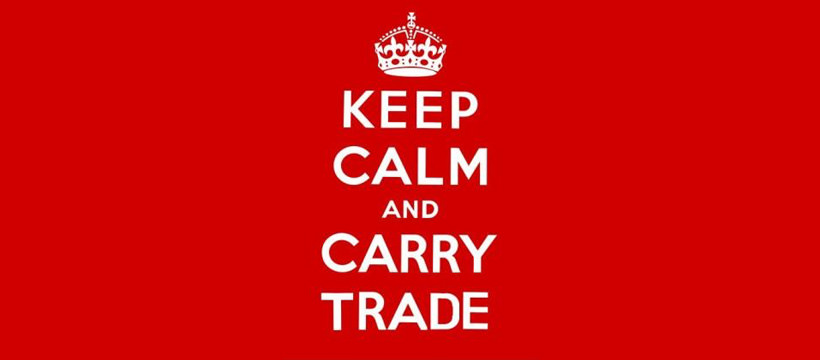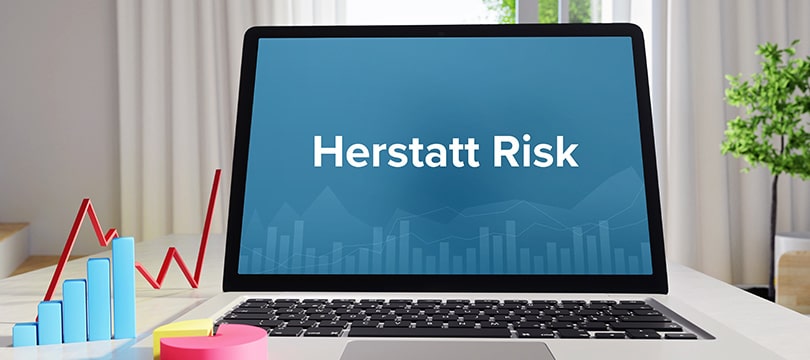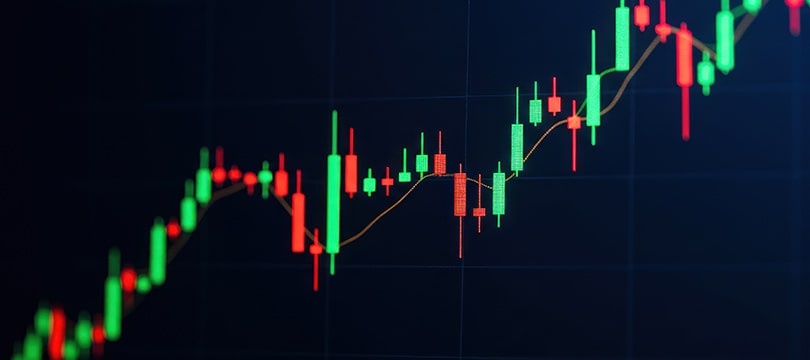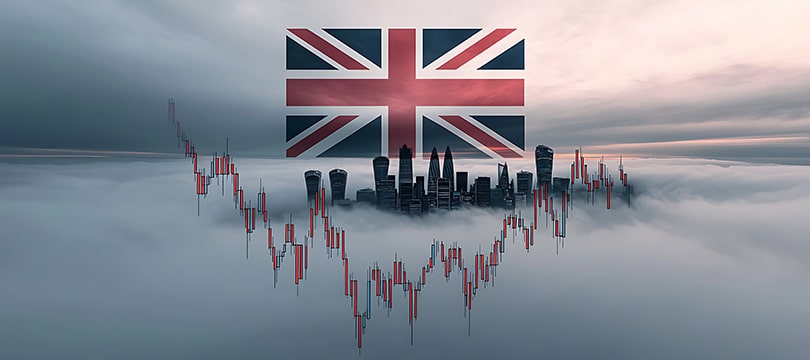Carry Trade: What It Is and How to Profit from It
April 14, 2017

Carry Trade is not exactly a strategy, but rather an approach. If conducted in a certain way, it can be very profitable. However, to master it, a lot of experience, exceptional interpretative skills, and knowledge of economic dynamics are necessary.
Carry Trade in a nutshell
In any case, Carry Trade refers to the approach that exploits the difference between various interest rates. In a nutshell, the "Carry trader" borrows money in markets where the cost is lower, and therefore the rates are lower, and invests it in markets where the rates are higher. The profit is precisely the difference between the various rates.
It may seem like a sui generis operation, not ethical, yet it is not new at all and, in certain areas, it is even abused. Commercial banks, for example, were "guilty" of Carry Trade during the debt crisis. They borrowed money cheaply and invested it where returns were higher. Specifically, they benefited from the LTRO program (ECB-commercial banks financing at zero cost) and purchased Spanish and Italian government bonds, which at the time - precisely because of the crisis - yielded an average of 7%. This phenomenon was repeated so many times that the European Central Bank was forced to change the rules of the LTRO, obliging banks to grant "retail" loans, i.e., to businesses and households.
Carry Trade retail version
Once the profitability of Carry Trade has been ascertained, the possibility of "normal" traders using it can be discussed. Can small investors do Carry Trade? The answer is yes, but, as mentioned at the beginning of the article, it is very dangerous. In fact, it is necessary to have a perfect understanding of the dynamics of central banks and to predict their initiatives. Economic decision-makers, in fact, tend to distort the market. The secret is to "step aside" just before the avalanche comes down. Also because the conditions underlying a profitable Carry Trade can disappear from one moment to the next, turning a good investment into a catastrophe.
Also because, it is good to know, Carry Trade works if the volumes are high. Central banks tend to chase each other and imitate each other, thus setting a cost of money as similar as possible to the main competitor. The differences on which one profits, therefore, are very low. For example, the ECB's interest rate is 0%, while that of the United States is 1.50% and is even considered a very wide difference.
Wide, certainly, but never as much as that recorded throughout 2011 between Mexico and the United States. It is not surprising that precisely in that year Carry Trade rose to prominence, going from a niche approach to a mass approach. In particular, the Fed maintained rates at 0.25% throughout 2011. On the other hand, the Mexican central bank raised them to 4.5% to counter a significant inflationary wave. At the same time, Mexican ten-year bonds were paying 6.33% at the time. In short, there were all the conditions for a good Carry Trade. Many, in fact, became rich precisely by exploiting these dynamics.
The size of interest rates pushes many carry traders to focus on financial leverage. In principle, this is a correct reasoning: artificial intervention is used to compensate for an otherwise too low profit in absolute terms. However, it should be remembered that financial leverage is a double-edged sword: it exponentially increases wins, but also losses. Hence, the decisions of central banks play a crucial role. Hence the need to know their past, present and - within the limits of human possibilities - future inside out.




